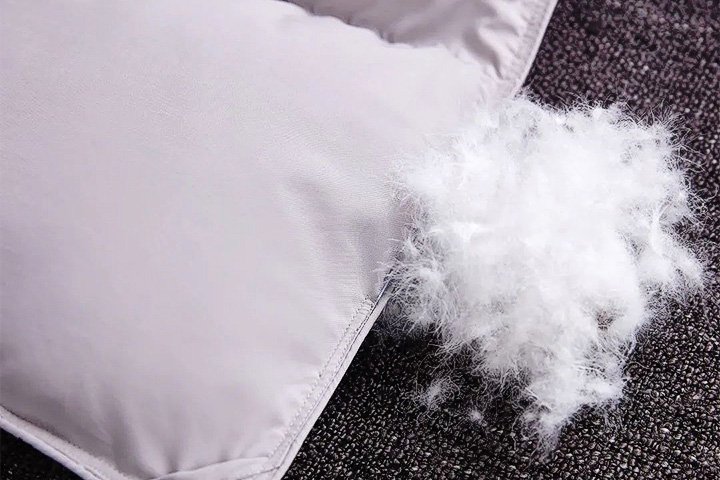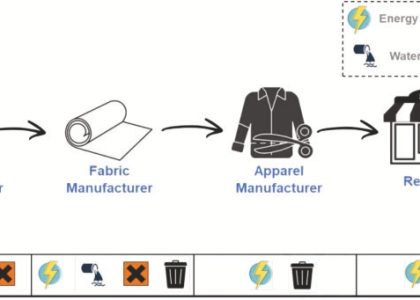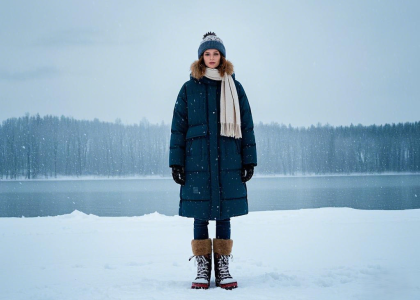With temperatures dropping, down jackets have become a popular choice. However, some unscrupulous sellers are offering fake down jackets filled with “fly fiber”—a mix of pig hair, dog hair, chicken feathers, and other inferior fibers—in live-streaming sales, sparking widespread concern. Sohu Tech investigated these issues to provide clarity.


Experts explain that genuine down consists of both feathers and clusters, forming a three-dimensional structure with many fine filaments. In contrast, “fly fiber” refers to single, disorganized fibers that have fallen off feathers or down. These lack structure, leading to poor insulation and potential health risks. Small amounts of fly fiber can cause discomfort for allergy sufferers, while short fibers might be inhaled by children, triggering allergic reactions. Moreover, uncleaned fly fiber raises serious hygiene concerns.
Key factors affecting warmth include jacket design and weight. Loose-fitting down jackets offer excellent insulation when stationary but let cold air in when moving. Windproof performance should be chosen based on weather conditions. Higher fill weight and down content do not necessarily mean better warmth; various elements like fit and space must work together harmoniously.

Here are essential tips for choosing a reliable down jacket:
- Choose Reputable Brands: Focus on brands with good reputations. Check the label details, including standards followed, fill weight, and type of down used. Compare this information with the price; if it seems too low, there may be hidden issues.
- Use the Compression Test: Gently squeeze different parts of the jacket and observe how quickly it regains its shape. Faster recovery indicates better quality down. Lightly pat the quilted areas to see if any fly fiber emerges.
Different styles of down jackets have varying fill weights:
- Lightweight jackets: 40-80 grams
- Short jackets: 80-130 grams
- Regular length: 120-160 grams
- Mid-length: 150-250 grams
- Long coats: 230-300 grams
- Professional outdoor jackets: 250-450 grams
Goose down is lighter and warmer than duck down due to its larger clusters. Higher fill power (commonly ranging from 550 to 900) means better insulation. Opt for jackets with fine stitching, high fabric density, and features like windproofing, waterproofing, and advanced thermal technology to minimize leakage and enhance warmth.
By following these guidelines, you can confidently select a down jacket that keeps you warm and comfortable throughout the winter. Remember, investing in quality ensures both warmth and peace of mind. #DownJacketTips# #StayWarmThisWinter# #QualityMatters#
In summary, genuine down provides superior insulation compared to fly fiber, which lacks structure and warmth. When selecting a down jacket, focus on reputable brands, check labels carefully, and use simple tests like compression and patting to ensure quality. Consider the appropriate fill weight for your needs, and choose materials with high fabric density and advanced thermal technology. By doing so, you can enjoy a cozy and stylish winter, confident in your choice of outerwear. Trust these insights to help you find the perfect jacket for a warm and wonderful winter season.






